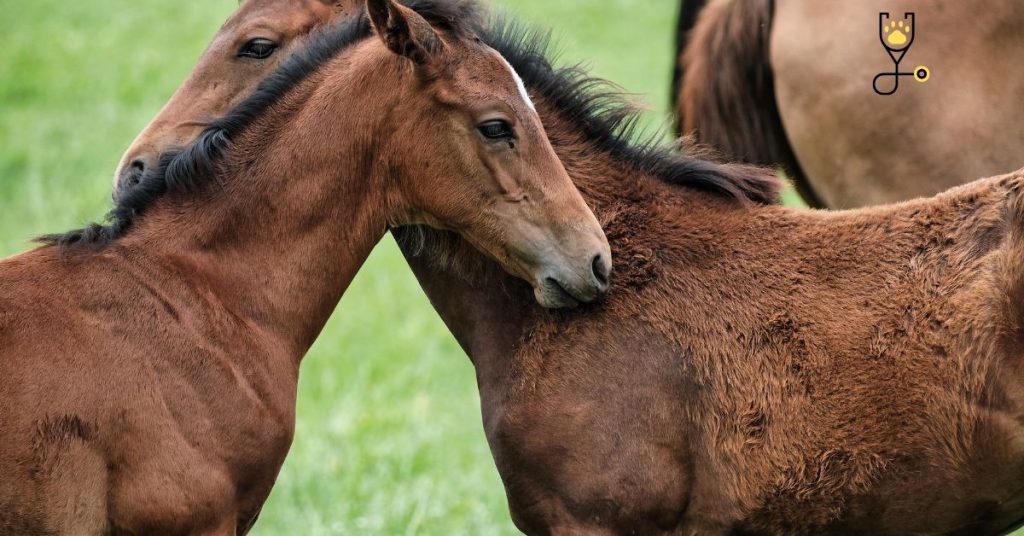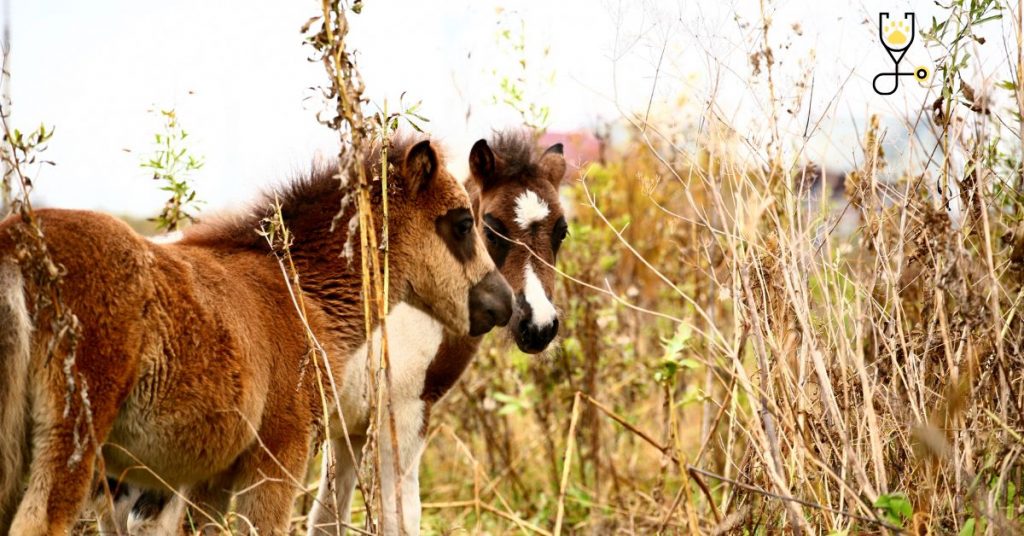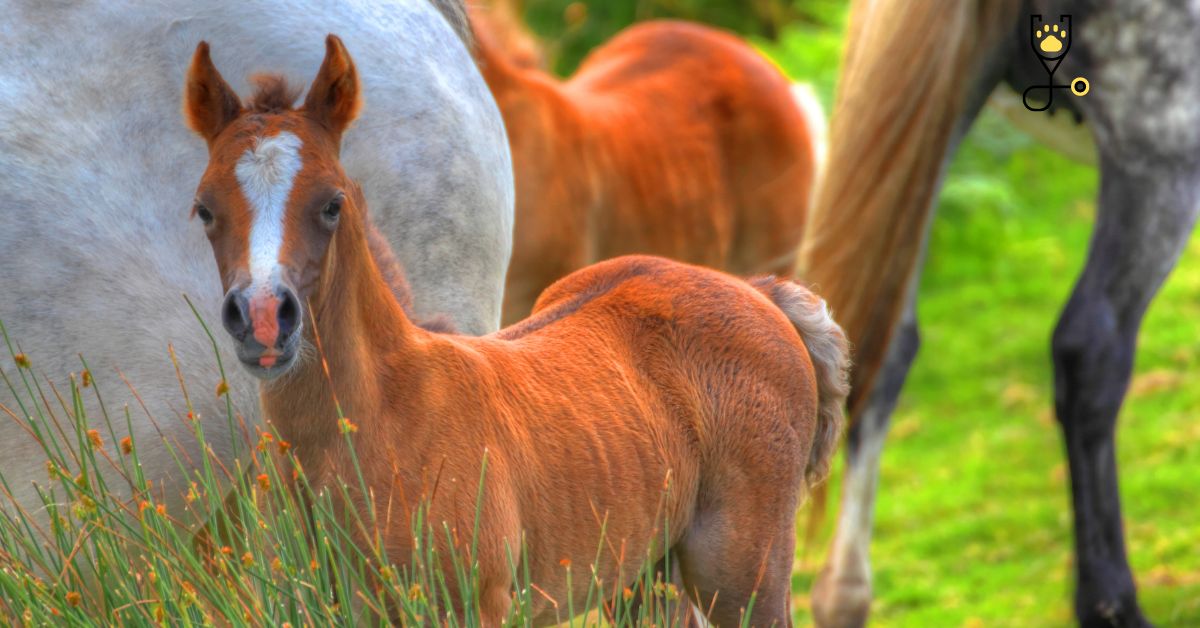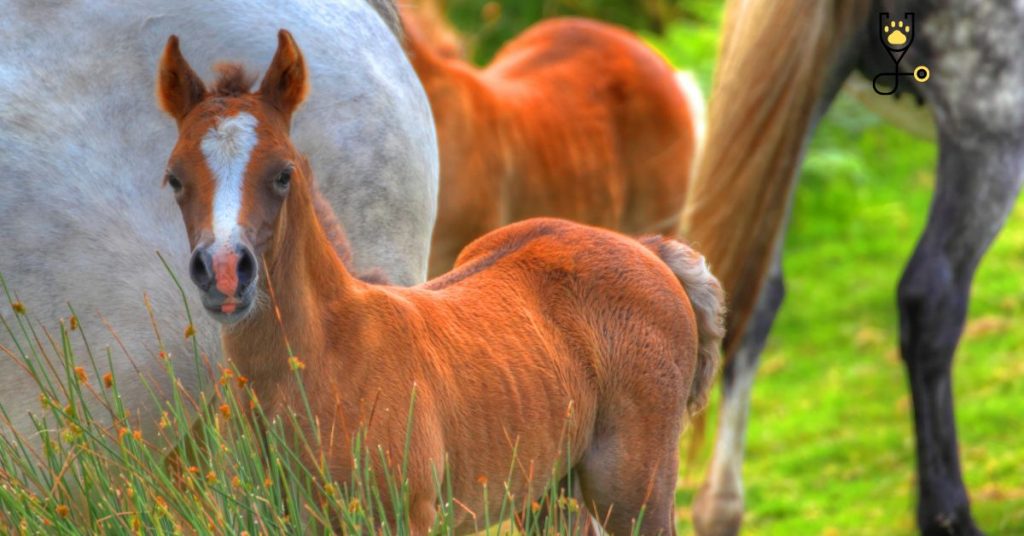Introduction
Since horses have been domesticated, people have been training foals to become working horses. While the methods for training young horses have changed over the years, the goal has always been to get them ready to work and be a part of human society. This guide will explore some of the different ways that trainers have succeeded in getting their foals ready for a life of service. Whether you are an experienced horse owner or just starting out, this guide will give you an idea of what to expect when training your new foal. So, whether you’re looking to create a show pony or just want a well-behaved family horse, read on for some tips on how to train your foal!

Understanding the Foal’s Cycle of Development:
The foal’s journey from birth to mature horse is a remarkable one. In the first few days and weeks after birth, a foal undergoes rapid physical and behavioral development that will shape its entire life. To understand how to best train and care for your foal, it is important to first understand the cycle of development that it goes through.
Effective Socialization Techniques
Socialization is a crucial part of foal training. As a young horse, the foal must learn how to interact with people and other animals in its environment. This will help it become comfortable in different environments and around strangers, allowing it to adapt better when exposed to new situations. Some effective socialization techniques include:
• Introduce the foal to new people, horses, and animals.
• Spend time grooming and handling your foal.
• Let your foal explore its environment by encouraging it to walk, trot and canter in safe areas.
• Start introducing basic training commands such as “walk” or “stop” when it is ready.

Building Trust and Respect
Trust and respect are the foundation of any successful training program. You must take the time to build a strong bond with your foal in order for it to respond positively to commands. Here are some tips on building trust and respect:
• Spend time getting to know your foal – learn its personality, its likes, dislikes, etc.
• When handling your foal, always be gentle but firm so that it knows you mean business.
• Reward good behavior with treats or praise – this will help reinforce the positive behaviors that you
Working With Natural Instincts
Your foal has been born with certain natural instincts that can be helpful when training. By working with these instincts and understanding their purpose, you will be able to use them to your advantage during training sessions.
Here are some tips on using your foal’s natural instincts when training:
• Use the flight response – this is when a horse will run away from something it perceives as dangerous or unfamiliar. You can use this instinct as an opportunity to introduce new situations or obstacles for the foal to explore.
• Take advantage of its herd mentality – horses have a strong need to belong and be part of a group, so take full advantage by introducing other horses into the environment for socialization sessions.
• Utilize its sense of curiosity – horses are naturally curious animals, so use this to your advantage by providing interesting objects or situations that will encourage exploration and learning.

The Basics of Groundwork and Saddle Training
Groundwork is the foundation for any successful saddle training program. It includes teaching your foal basic commands, such as turn, stop, back up, walk around in circles, and more. This will help build trust and respect between you and your horse so that it knows what you expect from it when you are riding.
Saddle training should initially focus on getting the foal used to having a saddle on its back and being led around with reins or a lunge line. As your foal gains confidence in its abilities, you can then begin to introduce more advanced riding techniques such as trotting or cantering.
It’s important to take things slowly and be patient during saddle training – remember, you’re teaching your foal how to be ridden, not trying to get it to do things quickly or perfectly.
Finally, make sure that you end each session on a positive note and reward the foal’s good behavior with treats or praise – this will help reinforce the behaviors that you are trying to teach.

Taking It to the Next Level: Show Jumping
Show jumping is a popular equestrian discipline that involves horses and riders competing over obstacles. It can be an exciting, rewarding experience for both horse and rider, but it takes dedication and commitment to get your foal ready for the show ring.
The key to successful show jumping training is establishing a strong foundation of basic riding commands, such as walk, trot, canter, turn, stop, back up, etc., before moving on to more advanced techniques like jumps and courses. You should also focus on building trust between you and your horse so that it understands what you are asking of it during each session.
Conclusion
Training your foal for show jumping takes time, patience, and dedication. However, with a strong foundation of trust and respect between you and your horse, along with an understanding of its natural instincts, you can set the stage for a successful and rewarding experience. Good luck!
Frequently Asking Questions
Q: How do I start training my foal for show jumping?
A: Start by establishing a strong foundation of basic riding commands, such as walk, trot, canter, turn, stop and back up. Once your horse is comfortable with these basics, you can move on to more advanced techniques like jumps and courses. Make sure to reward good behavior with treats or praise so that it knows when it’s doing the right thing!
Q: How long does it take to train a foal for show jumping?
A: It depends on how dedicated you are to the process and how quickly your foal learns. Generally speaking, it could take anywhere from several weeks to several months of consistent training before your foal is ready to compete in the show ring.
Q: What are the most important things to remember when training a foal for show jumping?
A: The key is building a strong foundation of trust and respect between you and your horse, along with an understanding of its natural instincts. Take things slowly and be patient during training sessions, making sure to end each session on a positive note. Finally, reward good behavior with treats or praise – this will help reinforce the behaviors that you are trying to teach!
Q: What is the best way to get my foal ready for competition?
A: Make sure your foal has a strong foundation of basic riding commands, such as walk, trot, canter, turn and stop. Once it is comfortable with these basics, you can begin introducing more advanced techniques like jumps and courses. Dedicate some time each day to practicing so that your horse is prepared and confident when it’s time to compete!





